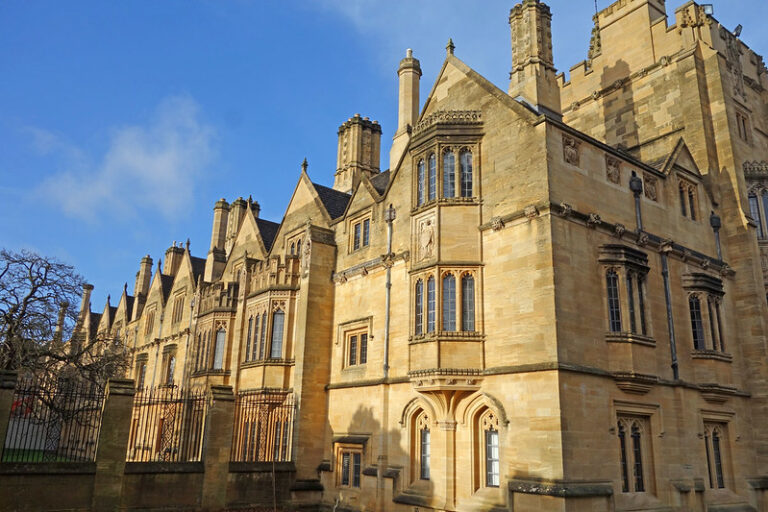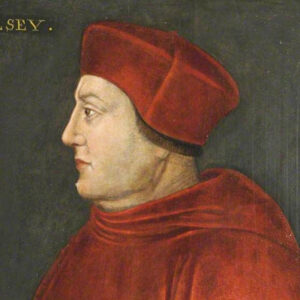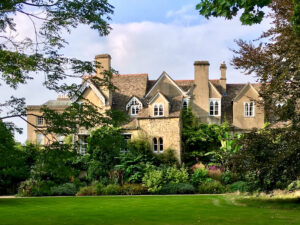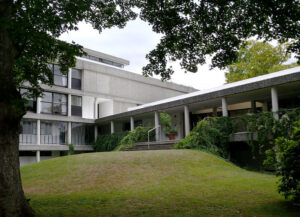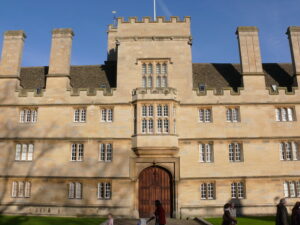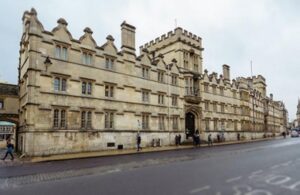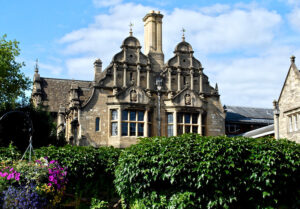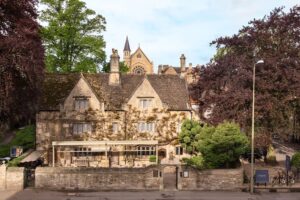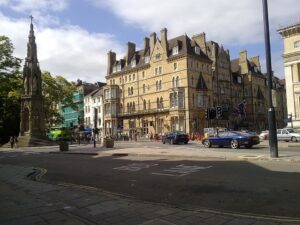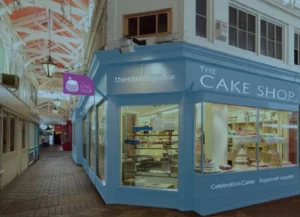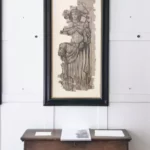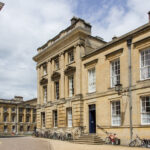Established in 1458 by William of Waynflete, Magdalen College is a constituent college of the University of Oxford. It is the fourth richest college and one of the strongest academically, setting the Norrington Score record in 2010.
There are several distinguished chairs at the university, such as the Agnelli-Serena Professorship, the Sherardian Professorship, and the four Waynflete Professorships.
The college stands next to the River Cherwell and the University of Oxford Botanic Garden, and the college choir sings from the top of the large, square Magdalen Tower every May Morning. The tradition dates back to Henry VII’s time.
What's the History of Magdalen College?
Magdalen College was founded in 1458 by William of Waynflete, Bishop of Winchester and Lord Chancellor of England. It’s named after St Mary Magdelene, a woman who according to tot eh four canonical gospels travelled with Jesus and his followers.
Magdelen College succeeded a university hall called Magdelen Hall, which had been founded by Waynflete in 1448. Most of the college’s earliest scholars came from the hall. The college took over the site of St John the Baptism Hospital, alongside the River Cherwell. It first used the hospital’s buildings and completed a new construction between 1470 and 1480. At the time of its incorporation, MAgdelen College had a president and six scholars. When its Statutes were written, there were also 40 fellows, 30 demies, four chaplain priests, eight clerks, and 16 choristers.
During the English Civil War, Magdelen College supported the Royalist cause. In 1642, the college donated 296 lbs of plate to fund the war effort. The College actually had tactical significance, as it commanded a position on the banks of the Cherwell overlooking Magdelen Bridge and the road from London. Prince Rupert is said to have quartered in the college. During the 1680s, King James II attempted to install Englishman Anthony Farmer as president of Magdalen. The fellows rejected this (because of Farmer’s tarnished reputation) and proposed a different person. Samuel Parker, Bishop of Oxford, was admitted by force and the fellows and demies that had defied the king were expelled. This expulsion marked a turning point in the University’s relationship with the Crown. James’ interference with the college fed resentment in Anglicans and his appointments were reversed before the Glorious Revolution. A special banquet each year marks the event, the Restoration Dinner.
Famous Alumni of Magdalen College
Cardinal Thomas Wolsey
Thomas Wolsey was a statesman and Catholic bishop. He was one of the last English churchmen that played a dominant role in the nation’s political life. He attended Ipswich School and Magdalen College and studied theology at Magdalen College, Oxford. He graduated at age of 15, a fact that earned him the nickname ‘Boy Bachelor’.
The Buildings of Magdalen College
Magdelen College features a variety of architectural styles. It has been described as “a medieval nucleus with two incomplete additions” (one from the 18th and one from the 19th centuries).
The college is organized around five quads: St John’s Quad (the first on entering the college, and irregularly shaped), Great Quad (richly decorated with carvings and pinnacles), Chaplain’s Quad (with a Chapel and hall), St Swithun’s Quad, and Longwall Quad (which contains the library).
The Cloister or Great Quad
The Cloister or Great Quad is the medieval nucleus of the college. It was built between 1474 and 1480 and is accessed through the Founder’s Tower or Muniment Tower. The southern side of the quad contains the chapel and the hall. There’s also the old library, and junior, middle and senior common rooms. Allegorical hieroglyphs were added to the Cloister in 1508. These grotesques represent scholarly subjects such as medicine, science, law, and theology, and virtues.
The Chapel
The Chapel is a High Anglican chapel and was influenced by the Catholic Revival (or Catholic Reformation) in the Church of England. Said and sung services are held daily during term. The Chapel is a grade I listed building and was built between 1474 and 1480. The stained glass windows facing St John’s Quad show a grisaille (painted entirely in shades of greY) depiction of the Last Judgement.
Magdalen Tower
The construction of this great tower, 144 feet tall, began in 1492 and was possibly intended to replace an existing belfry from the early hospital. By the time it was completed (in 1509), additional buildings had been erected on its sides, creating the triangular Chaplain’s Quad. The tower contains ten bells cast at a number of different foundries. The heaviest was made in 1623. This imposing landmark welcomes visitors to Oxford.
The New Building
The New Building was constructed in 1733 and is built in a Palladian style, derived from and inspired by Venetian architect Andrea Palladio. Edward Holdsworth‘s full vision was never completed and the idea of incorporating it into a new quad was abandoned.
The Daubeny Laboratory
This 19th-century laboratory is opposite the main college site and overlooks the Botanic Garden. Established around 1622 by polymath and Magdalen fellow Charles Daubeny, it was created to be worthy of a great University (as opposed to the previous laboratory in the basement of the Ashmolean Museum). In 1973, most of Daubeny’s laboratory was turned into graduate student accommodation.
The Libraries
Magdalen College has an Old Library, located in the Cloister and accessed via FOunder’s Tower, that contains a large collection og manuscripts from before the 19th century. The New Library, or Longwall Library, is the main library for students. It was renovated between 2014 and 2016.
What is it Like to Study at Magdalen College, Oxford?
Undergraduate students at Magdalen College are guaranteed accommodation during term. This is typically done in the Waynflette building and “inside-walls” in the Cloister. Graduate students are guaranteed at least two years of accommodation. The charges are inclusive of heating, power, and internet access. Three cafeteria-style services are held each day in the hall.
There are several clubs and societies associated with the Oxford University Student Union, which operates at the University level. Some subject-specific ones are the Atkin Society (Law) and the Sherrington Society (Medicine). A number of other societies also put on events throughout the year. For example, the Magdalen Players, a drama society, the Magdalen Music Society, and the Magdalen Film Society.
Students have access to a variety of sports and the college has sports grounds accessible from the main college via Addison’s Walk. There are pitches for soccer, cricket, hockey, and rugby, as well as tennis and squash courts. The college keeps a boathouse on the Isis for the Magdalen College Boat Club (MCBC).
Where is Magdalen College?
Magdalen College is located in High Street (OX1 4AU), Oxford. Tel 01865 276000.
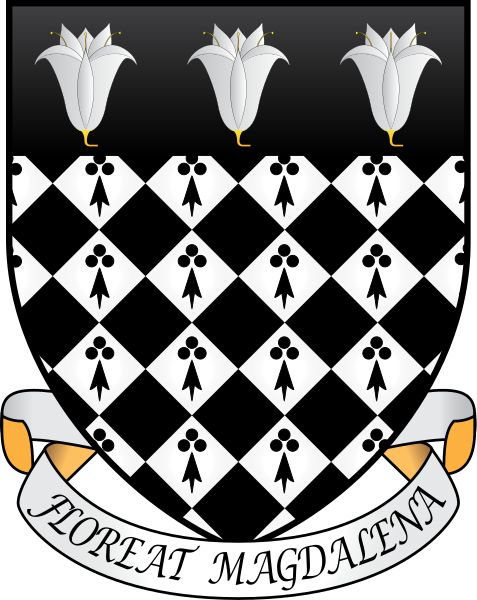
Can you Visit Magdalen College?
Yes, Magdalen College is open to the public and bookings are not required.
- Open: January to late June: 10am to dusk or 7pm, whichever is the earlier (4 January to 26 June inc)
late June to early October: 10am to dusk or 7pm, whichever is the earlier. (27 June to 2 October inc).
October to December: 10am to dusk or 7pm, whichever is the earlier (4 October to 22 December inc). - Charge: Adults £8; Over 65s, children, students £7; Family ticket (2 adults and up to 3 children aged 7 or over) £25. Children under 7 years of age are admitted free of charge.
- Groups: Groups of more than 20 may have to split.
Related to Magdalen College
Joint tickets for Magdalen and the Oxford Botanic Garden and Arboretum are available at either location.
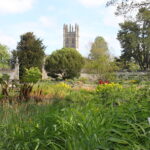
Oxford Botanic Gardens & Arboretum
The Oxford Botanic Garden is the oldest botanic garden in the UK. It was founded in 1621 and holds unique and important species.
